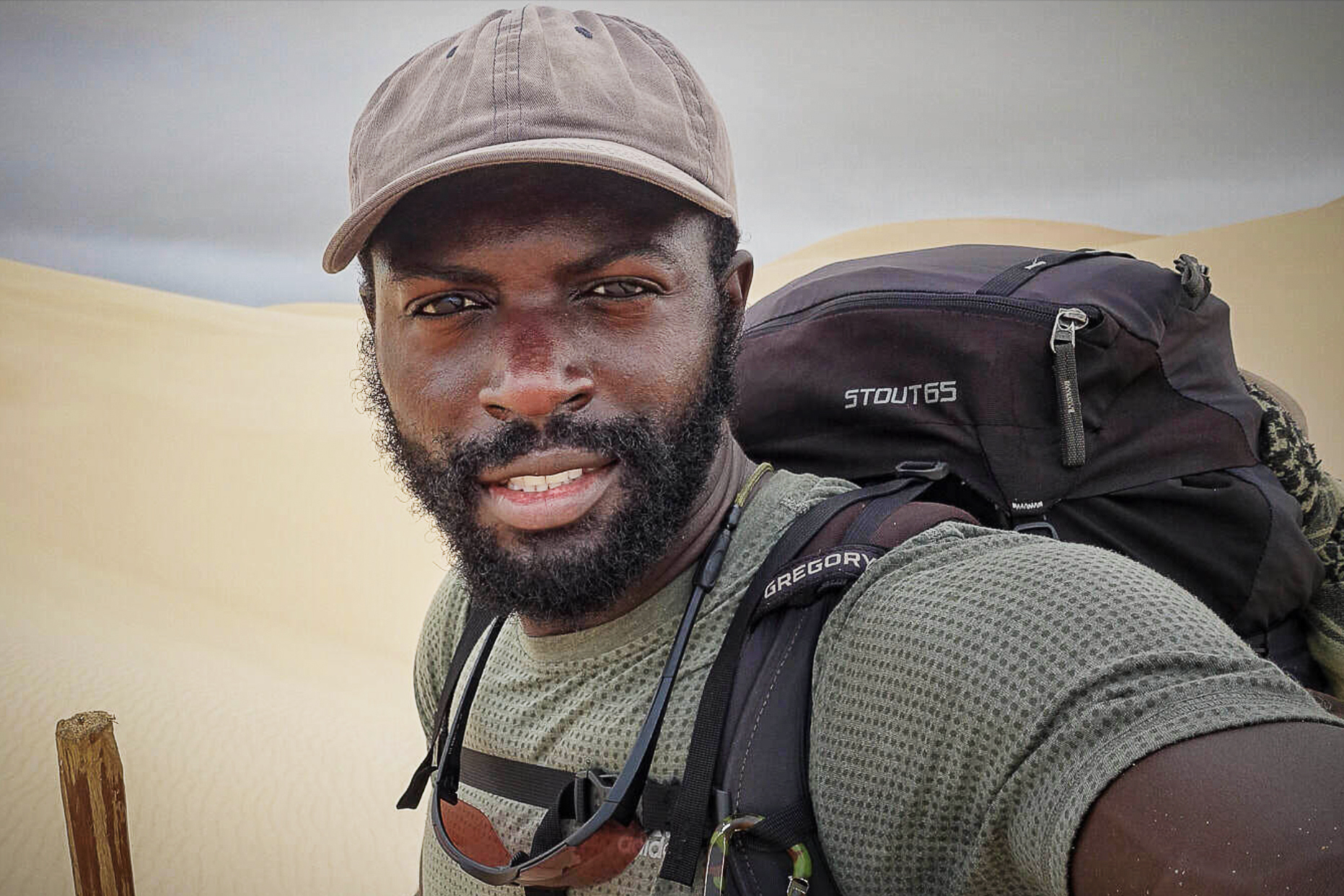Mario Rigby is an athlete, entrepreneur, business owner, and eco-adventurer dreaming up and pursuing human-powered expeditions across the globe. His most recent adventure, the Caicos Challenge, saw him run, cycle, kayak, and swim his way across the Turks and Caicos archipelago, raising awareness and funds in support of sustainable tourism and ocean health along the way.
But the Caicos Challenge wasn’t Mario’s first big adventure. In 2015 he left his career in the fitness industry to pursue his first major expedition, Crossing Africa. This 12,000-kilometer trek by foot and kayak traversed eight African countries, starting in Cape Town, South Africa, finishing two years later in Cairo, Egypt.
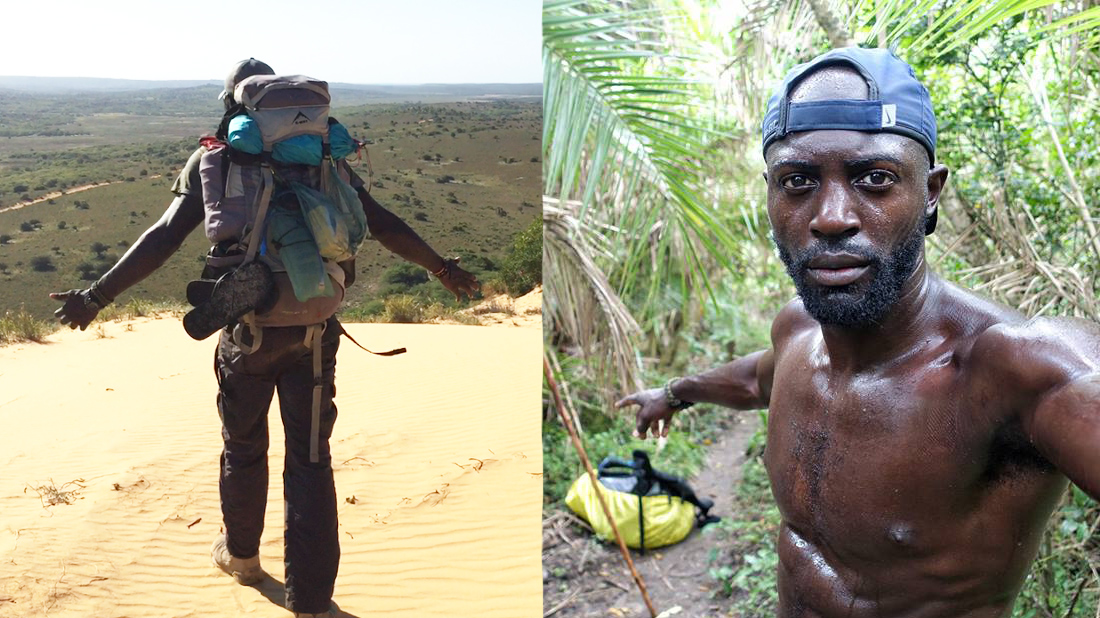
Mario has been recognized for his amazing spirit of adventure and tenacity in completing what he has set out to accomplish. He was inducted into the College of Fellows of the Royal Canadian Geographical Society in 2020 and was chosen as one of 200 nominees for the 2018 most influential people of African descent (MIPAD) global 100 list recognizing the positive contributions made by people of African descent, worldwide.
In the following interview with Mario, we chat about his recently completed Caicos Challenge, why sustainable travel is so important to him, and what his next big adventure will look like.
How did you come up with the idea for the Caicos Challenge?
This was something that I wanted to do ever since I was a little kid because I was raised there. This Turks and Caicos island chain is made up of 8 main islands and 40 keys (uninhabited little islands). It’s the perfect environment for a big adventure. You can ride your bike across the Middle and North Caicos and kayak, swim, and run across the other islands. One day, it dawned on me. Why not traverse the entire length of the Turks and Caicos via human-powered methods of travel?
I got some friends together and started planning it. We looked at the map and discussed the logistics and thought this is totally possible. The hardest part was raising funds for the expedition. Our biggest sponsor ended up being Arc’teryx, but we also had support from the tourism board, sports commission, and local hotels.
Philosophically, I wanted to touch on a deeper purpose behind the Caicos challenge. Ever since I was a kid, we had an abundance of sea life around those islands; we would go into the water and see lobsters, shrimp, crabs, fish, sea turtles—you name it. Of course, with the increased population and increase in tourism, there is more pressure on the sea life and more pollution. I also wanted to raise awareness around sustainable tourism, so we partnered with the Turks and Caicos Reef Fund to incorporate an educational component into the expedition.
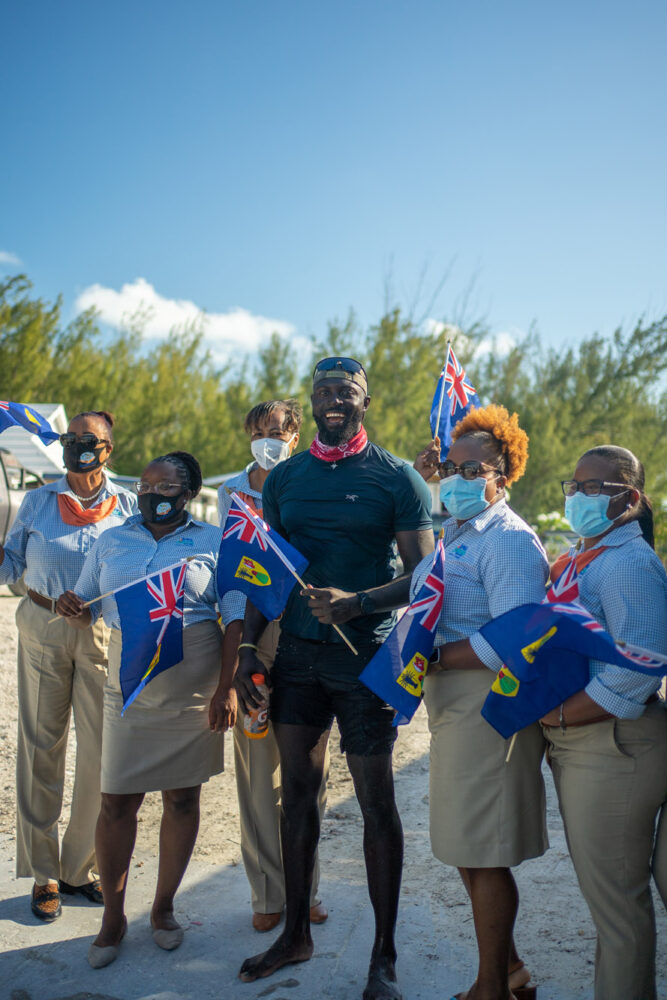
Photo: Queenie Xu. Day four of the expedition on Providenciales.
What are some examples of education that you shared during the challenge?
With each island that we went to, we focused on issues that were specific to those geographical areas. When we passed over the barrier reef system, we discussed coral reef bleaching and how individuals can take action, for instance, switching to reef-safe sunscreen. We also discussed the importance of the mangrove forests in Providenciales, where sea turtles seek shelter, and there is an abundance of resources for wildlife living in and around the island chain. We incorporated these pieces of information into our social media feed throughout the expedition.

Training on Provodenciales.
What was the outcome of the educational component of your expedition?
We had an incredibly positive response directly from our viewers, but perhaps more importantly, we also raised money through the Turks and Caicos Reef Fund to help educate local children about sustainable use and management of their islands.
I think that one of the most important things to do is to educate and give the power back to the people that live on these islands so that they can be the caretakers of their own homes.
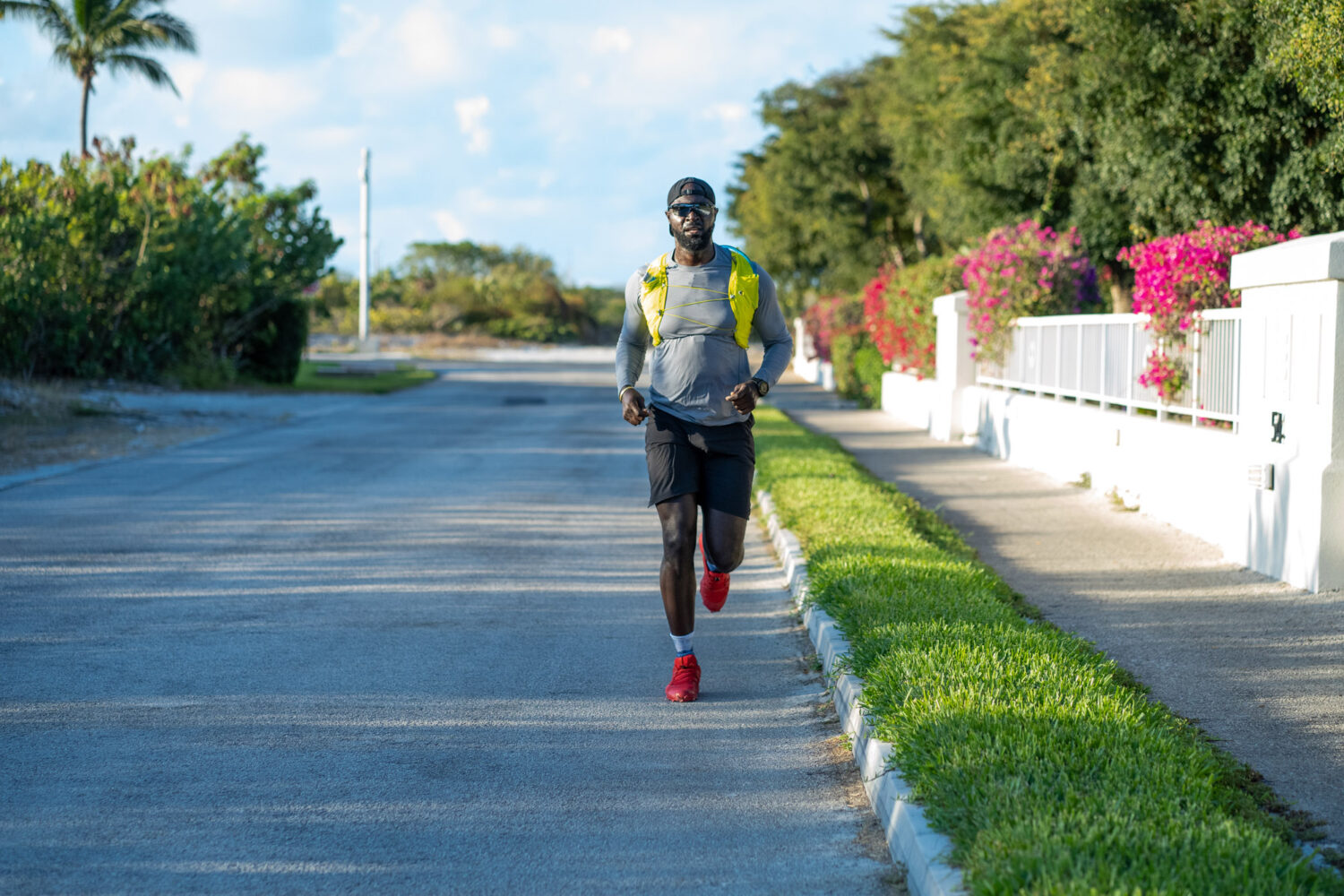
What was your favorite part of the challenge? What was the hardest part?
There were definitely some amazing aspects of the challenge that stood out to me. For instance, I’d never sea kayaked in the ocean before. During the challenge, Chev Dixson, a professional kayaker who is originally from Jamaica, joined me to cross the Turks and Caicos passage which had never previously been done. It was incredible—we had dolphins swimming and breaching alongside us for part of the crossing.
As far as the challenges I encountered, traversing East Caicos was very difficult, and that was a bit unexpected. It is very large, uninhabited, and isolated from the other islands—a hot, desolate place with wild donkeys roaming around and thriving. When we were traversing the island, we mostly stuck to the coast, which was made up of razor-sharp limestone cliffs, sharp enough that if you fell on it, it could be a life-threatening situation. To traverse the 50-kilometer island in a single day, I had to run approximately half of the distance. I also had to swim across a series of ocean channels. By the time I made it to the last couple of channels, it was nighttime, and I had forgotten my headlamp. But I had to cross this fast-moving water, so I just dove in, swam hard, and I made it. It was a bit of a leap of faith.

Day 2 – Crossing the Turks and Caicos passage.
You mentioned that one of your biggest fears is swimming in open water. How did you come to terms with this during the Caicos challenge?
Just cut the mind off from future or past thoughts: think about what you need to do in the moment. That’s how I tackle a lot of my adventures and expeditions.
If I do that, it’s almost therapeutic, but at the same time, I’m staying focused. Thinking about worst-case scenarios is not productive in stressful situations. Hopefully, I’ve done the proper planning to ensure success.
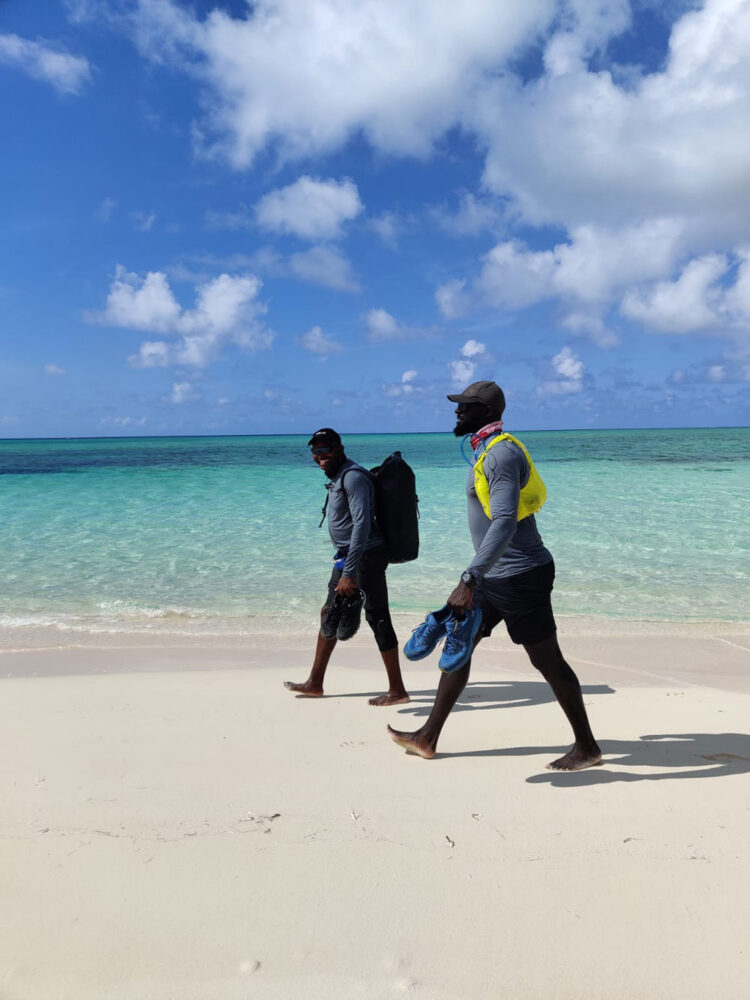
Photo: LeMans Welch. Day 3 – East Caicos.
What did your support team look like for the Caicos Challenge and how did they help you along the way?
I had a pretty small support team consisting of my logistics guy on the ground, Kevin Bethel; Big Blue Collective, a boat chartering company with a support boat in case of emergencies; my videographer who traveled on the support boat; and my manager helping with accommodations as I traversed the islands.
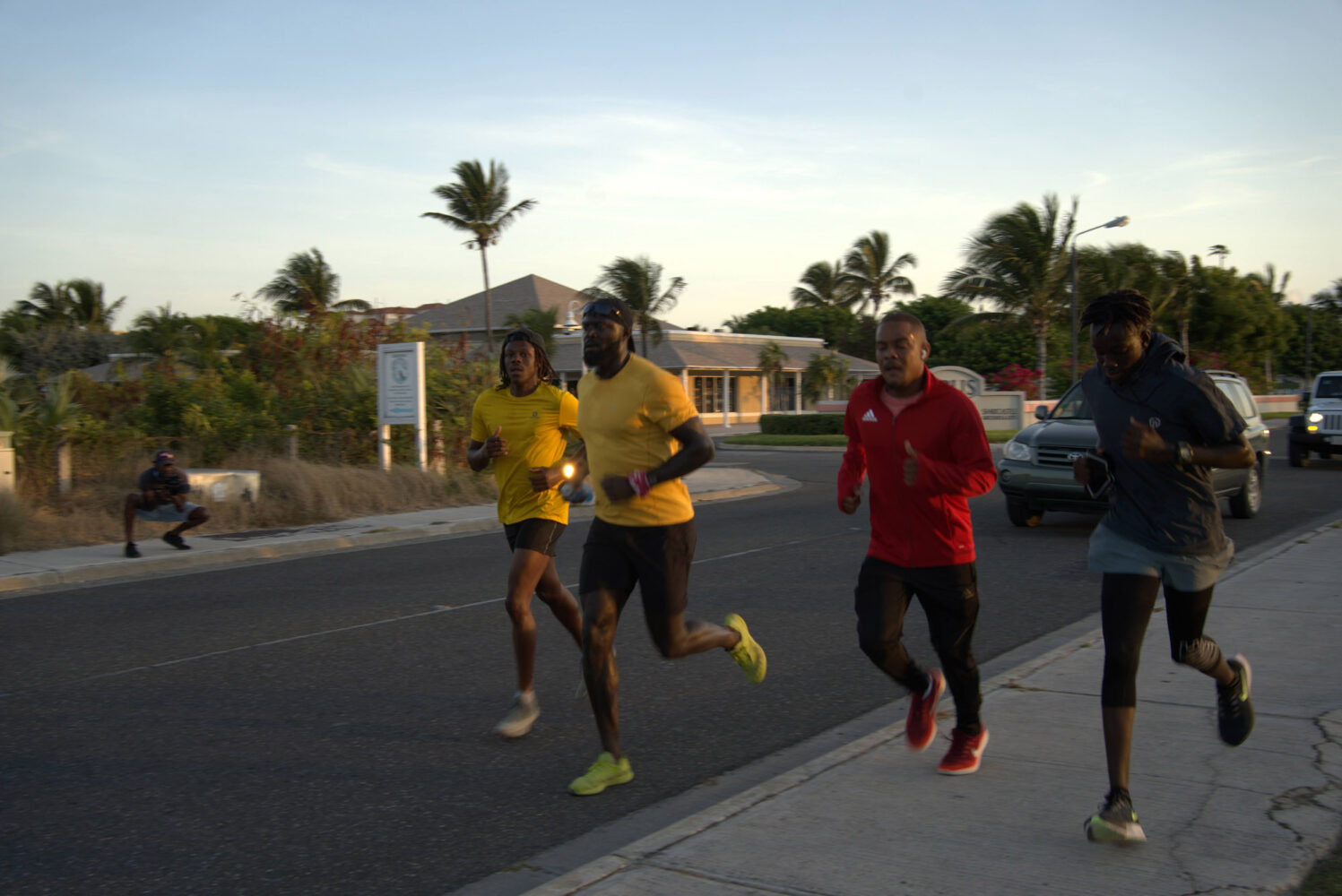
Photo: Queenie Xu. Day 5 – 5k run.
Was there any gear or equipment that proved to be crucial for your expedition?
I had a minimal amount of gear for this trip, including a P&H sea kayak and a marathon running vest.
In 2015 you walked and kayaked across the African continent. Did that experience prepare you for the Caicos challenge?
Yes, absolutely from a mental perspective. After completing my Africa expedition, I had developed a huge amount of confidence; pretty much everything else has felt small by comparison.
“The drive for curiosity and exploration is vanishing in today’s fast-paced and digital world. Unlike past generations, more people are hesitant to venture out and meet strangers. We are all filled with unimaginable potential. Perhaps my adventure will inspire others to move away from their comfort zones and unleash theirs.” – Mario Rigby
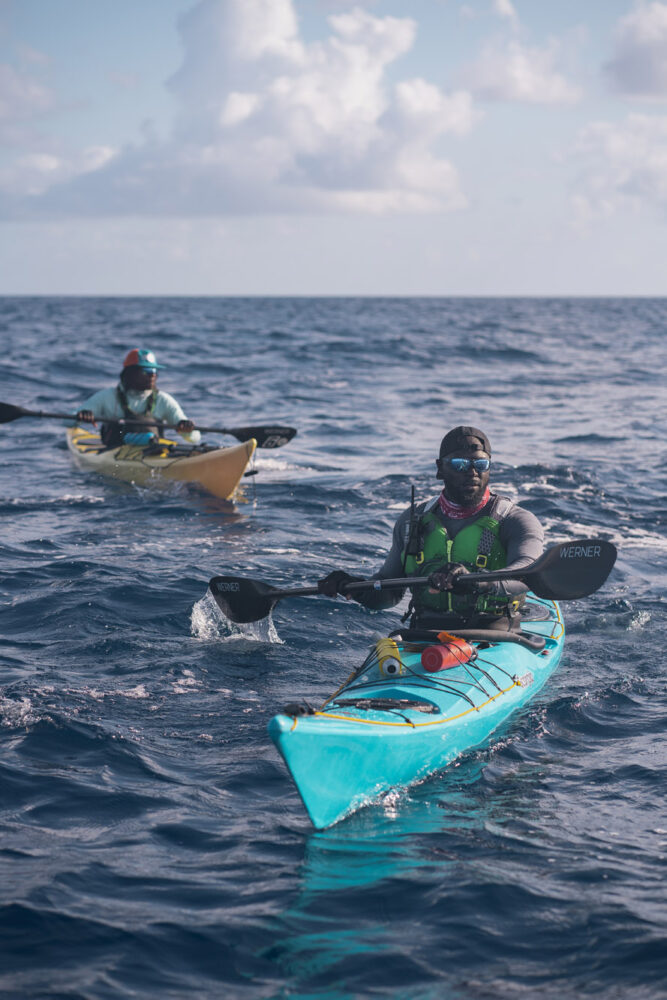
Photo: LeMans Welch. Day two of the expedition.
What advice would you give to aspiring adventurers who want to plan a big journey?
I work through my expedition planning like a pyramid. I start with the bigger picture: where do I want to go and what do I want to do? Then I narrow things down, deciding how I want to travel, figuring out how long the route will take, what potential difficulties I may encounter. Then I narrow my focus even further, approaching my trip from a philosophical standpoint—the meaning behind the trip. Once the plan is put together, then I can approach partners.
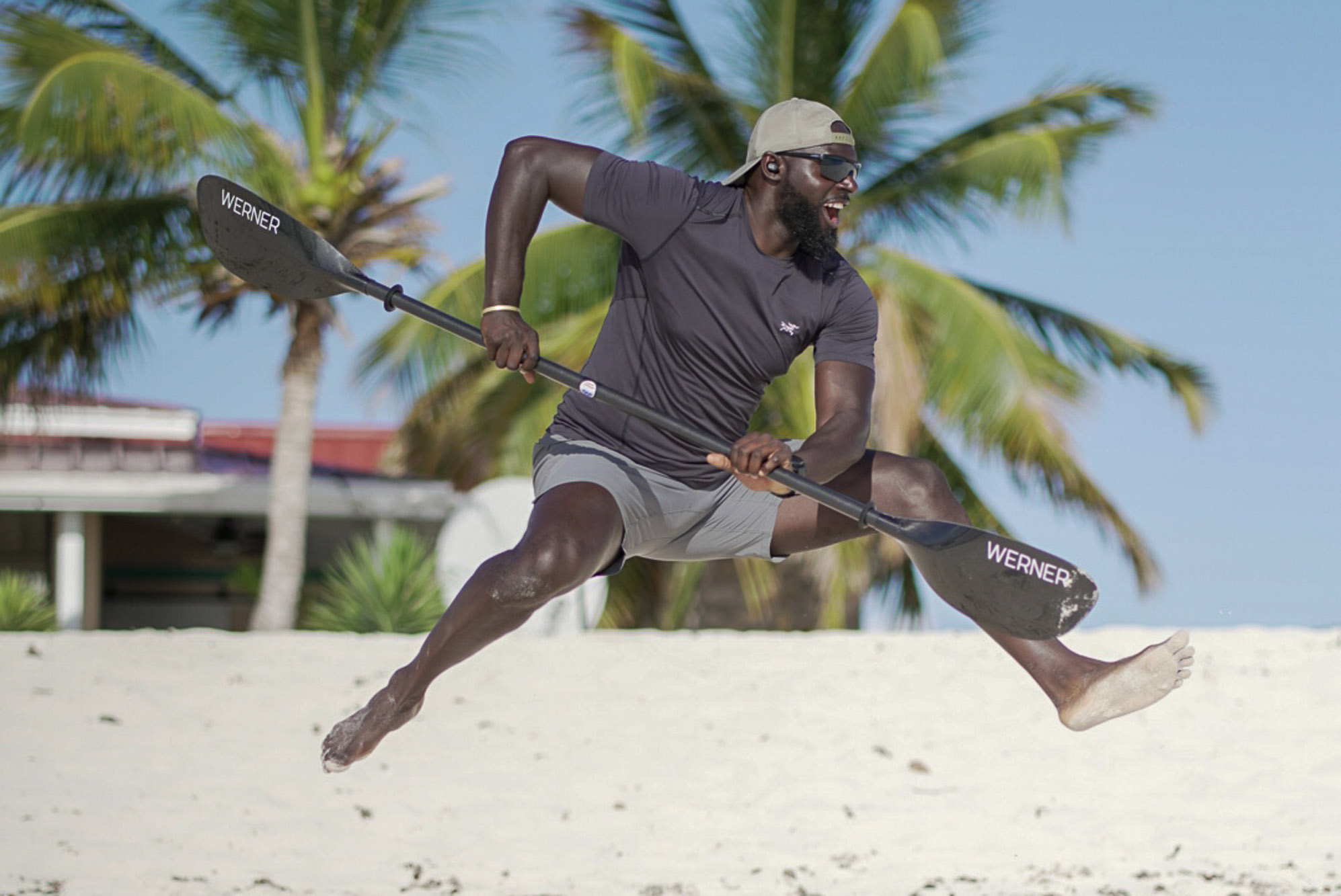
Photo: LeMans Welch. One day before the expedition began.
Why are the environment and sustainability so important to you?
It’s a few different things. Part of it comes back to being raised in the Turks and Caicos Islands. You have no choice but to act sustainably there. You can’t eat crabs or lobster out of season; these are just limitations imposed on us by the environment. Foundationally, I was raised to think this way, and I brought that attitude to the world.
I’ve always been inspired by indigenous communities. They have been living on the land for thousands of years sustainably until Europeans came along and did a huge amount of damage in just 70 years. And we’re the ones coming along and claiming that our methods and ways are the best, but it’s not true.
Learning about these realities has inspired me to investigate further. I’ve developed an interest in sustainable development through large-scale infrastructure projects like building cities and communities, down to smaller things like the type of vehicles we drive and the types of electricity we use in our homes.
I was in Masdar city in Abu Dhabi, the world’s first 100-percent sustainable city that houses 30-40,000 people. Nothing there is run by fossil fuels; it’s all powered by wind and solar. They also use natural building materials and design techniques to keep buildings more comfortable. The center of that city is actually 5 degrees cooler than its surrounding environment because of these building methods. They have free electric self-driving transit busses, and none of the restaurants use plastic utensils. They’ve found a sustainable way to make things work. Being exposed to these things has ignited this excitement in me to explore how we can all be better for ourselves and our fellow creatures on this planet.
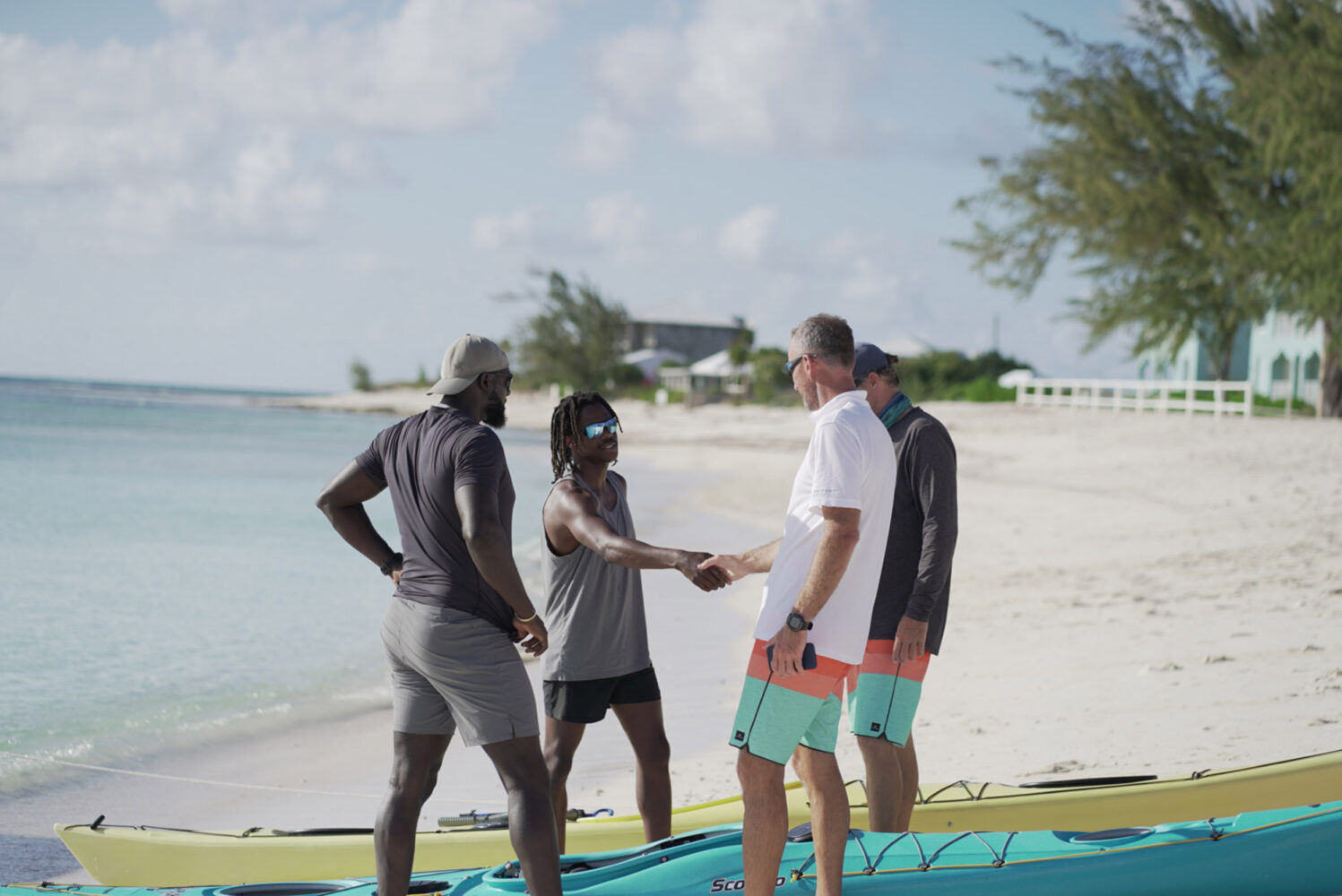
Photo: LeMans Welch.
Okay, final question. What are you planning next?
Right now, I am working on project E.V.A., Electric Vehicle around Africa. I opened that chapter three years ago when I first approached Rivian about doing a circumnavigation of Africa in an EV. I did a huge campaign, but it didn’t go anywhere. It appeared that the timing wasn’t quite right; the technology wasn’t quite there. People weren’t really ready for it; they told me that the idea was too far out there.
I think people are finally coming around to the idea, but if you look at the current market, there isn’t a single mainstream electric off-road vehicle in production quite yet. Ford, Rivian, Tesla, and Hummer have all promised electric trucks, but they aren’t here yet.
Taking an electric vehicle around Africa will be an opportunity to shed light on one of the fastest-growing continents on the planet. Their only way to go forward is to go green because if they don’t, that will be a detriment to all of humanity. If we think that carbon dioxide is currently a problem, imagine what it will look like with 4 billion additional people on the planet in the next 80 years, many of them driving cars with internal combustion engines.
I’m hopeful that I’ll find the right car manufacturer to partner with on this project so that we can make history and promote the sustainable development of Africa. Throughout the expedition, I’ll be meeting with and interviewing innovators in the field of sustainable development. I think it’ll be a fascinating expedition.
You can learn more about the Caicos Challenge on Mario’s website: MarioRigby.com. You can also find Mario on Instagram and YouTube where he shares photos and videos from his current adventures.
Our No Compromise Clause: We carefully screen all contributors to make sure they are independent and impartial. We never have and never will accept advertorial, and we do not allow advertising to influence our product or destination reviews.


